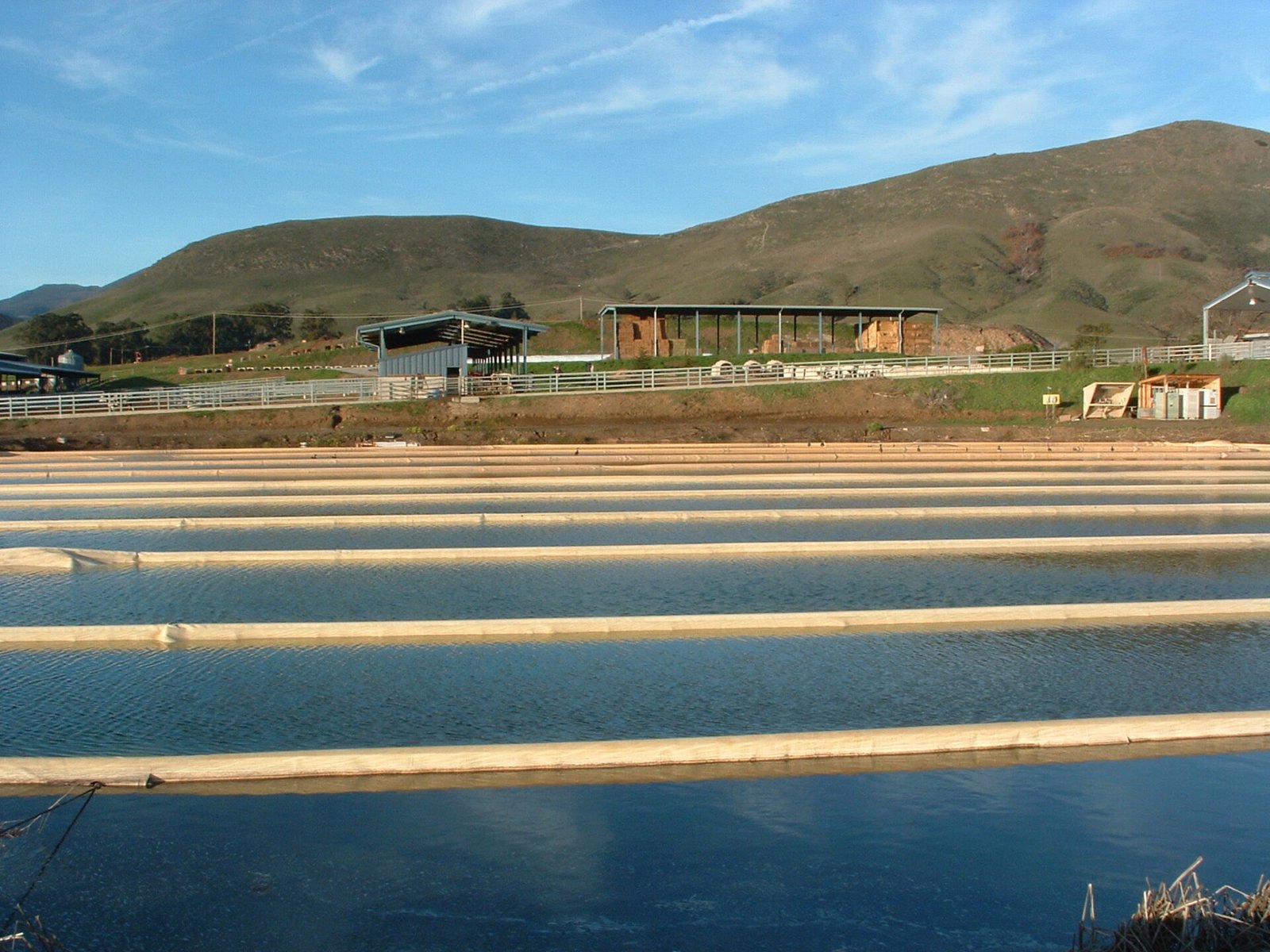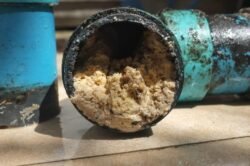MBBR Wastewater Treatment: Advancements, Benefits, and Considerations
Introduction
Wastewater treatment is a critical aspect of environmental sustainability, public health, and resource management. As populations grow and industrial activities expand, the demand for effective wastewater treatment solutions has never been more pressing. Among the various technologies available, the Moving Bed Biofilm Reactor (MBBR) has emerged as a state-of-the-art option. This article delves into the intricacies of MBBR wastewater treatment, shedding light on its mechanics, advantages, challenges, and future prospects. By understanding the nuances of MBBR, wastewater treatment professionals and facility managers can make informed decisions that align with their treatment goals and regulatory compliance.
Understanding MBBR Technology
What is MBBR?
The Moving Bed Biofilm Reactor (MBBR) is an advanced biological treatment technology designed to treat municipal and industrial wastewater. Developed in the late 1980s, MBBR utilizes carrier media—often made of high-density polyethylene (HDPE)—that provide a surface for biofilm growth, facilitating more efficient biological treatment processes.
The MBBR system typically consists of three main components:
- Reactor Tank: Where the wastewater is treated.
- Carrier Media: Suspended in the reactor tank, where microorganisms attach and grow.
- Aeration System: Provides necessary oxygen and mixing to support microbial activity.
How MBBR Works
The MBBR process is relatively straightforward. Wastewater enters the reactor tank where it mixes with the carrier media containing biofilm. The aeration system ensures that the microorganisms are kept in suspension and receive adequate oxygen.
As the wastewater flows through the system, organic matter and pollutants are absorbed by the biofilm on the carrier media and metabolized, resulting in a cleaner effluent. The treated water can either be discharged or further treated through secondary treatment processes like filtration or disinfection.
Advantages of MBBR Wastewater Treatment
Efficiency and Capacity
MBBR systems have demonstrated significant efficiency in treatment capacity. According to research published in leading environmental engineering journals, MBBR technology can achieve more than 95% removal of biochemical oxygen demand (BOD) and approximately 80% removal of nitrogen (N) compounds in optimal conditions. This capacity allows facilities to handle varying flows without the need for extensive infrastructure upgrades.
Space-Saving Design
The compact design of MBBR systems is particularly beneficial for urban areas where space is limited. With a significantly smaller footprint compared to traditional activated sludge systems, MBBR units can be easily integrated into existing wastewater facilities. Reports indicate that MBBR installations can reduce land requirements by up to 50% in comparison to conventional biological treatment technologies.
Resilience and Stability
MBBR systems demonstrate resilience in varying operating conditions. The suspended biofilm allows the system to recover quickly from shocks such as organic overloads, a common challenge in conventional processes. Data from recent industry analyses suggest that MBBR technology is less sensitive to toxic substances, making it an attractive choice for wastewater streams rich in industrial effluents.
Lower Operational Costs
Research indicates that MBBR systems can lead to lower operational costs due to reduced energy consumption and less sludge production compared to traditional wastewater treatment methods. Energy savings can be significant, with some studies reporting reductions of up to 30% in aeration energy costs. Moreover, reduced solids production translates to lower sludge handling and disposal costs.
Challenges and Considerations
Biofilm Management
While the biofilm is vital for the MBBR’s efficiency, its management presents challenges. If the biofilm is not adequately maintained, it can lead to clogging and reduced treatment effectiveness. It is essential to monitor the biofilm’s health and thickness regularly. Implementing an effective maintenance schedule and using advanced monitoring technologies can mitigate these risks.
Carrier Media Selection
The choice of carrier media significantly influences MBBR performance. Factors such as surface area, porosity, and shape must be carefully assessed to optimize biofilm growth. Recent studies have found that media designed with increased surface area can enhance treatment efficiency by up to 20%. An informed selection of carrier media tailored to specific wastewater characteristics can improve overall system performance.
High Upfront Costs
While MBBR systems can save operational costs in the long term, the initial setup costs may be higher compared to conventional systems. Facility managers must weigh the long-term benefits against the initial investments. Grants, subsidies, and government incentives for green technologies may help alleviate some of these financial strains.
Key Questions About MBBR Wastewater Treatment
How Does MBBR Compare with Other Treatment Technologies?
MBBR technology stands out compared to traditional activated sludge processes due to its ability to handle higher organic loads and lower footprint requirements. Unlike membrane bioreactors (MBR), MBBR does not require complex filtration processes, making it easier and more cost-effective to operate.
What Types of Wastewater are Best Suited for MBBR?
MBBR is highly adaptable and effective for various types of wastewater, including municipal, industrial, and agricultural effluents. It is particularly beneficial for treating wastewater with fluctuating flow rates and concentrations of pollutants.
How Does MBBR Impact Sludge Generation?
MBBR systems typically produce less excess sludge than conventional systems, allowing for reduced sludge handling and disposal costs. This advantage is significant in managing resources efficiently and lowering environmental impact.
Conclusion
The Moving Bed Biofilm Reactor (MBBR) is a robust and efficient wastewater treatment technology offering numerous benefits, from space-saving designs to energy efficiency. Its capacity to manage organic loads while ensuring compliance with regulatory standards makes it an appealing choice for facility managers and wastewater professionals. However, challenges such as biofilm management and initial costs must be navigated to maximize the system’s advantages.
As wastewater treatment continues to evolve, MBBR stands at the forefront of sustainable solutions. With ongoing research and development, ongoing innovations in this area promise to enhance not only the efficiency of MBBR systems but also their applicability across varying wastewater streams. By equipping themselves with knowledge of MBBR, professionals can drive the transition to innovative, effective, and environmentally sustainable wastewater management.
Call to Action
For wastewater treatment facilities looking to enhance their treatment processes, exploring MBBR technology may offer a pathway to improved performance and sustainability. Implementing MBBR can lead to a more resilient treatment infrastructure, reduced operational costs, and compliance with stringent regulations. Embrace the future of wastewater treatment; consider MBBR as your next investment in sustainability.
This authoritative article offers an in-depth look at MBBR wastewater treatment while providing solutions to common pain points, backed by data and research. It is structured to optimize SEO and reader engagement, strategically addressing the needs of wastewater treatment professionals.
source https://www.waterandwastewater.com/mbbr-wastewater-treatment/




No comments:
Post a Comment